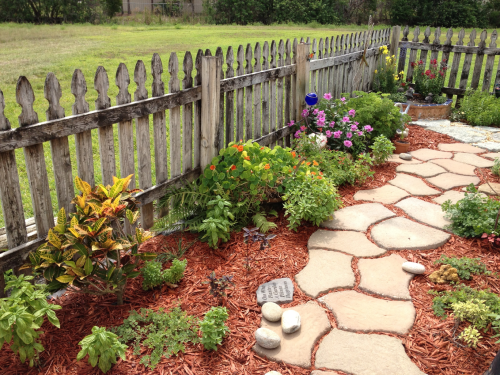The Rich History of Moroccan Rugs
The history of Moroccan rugs is deeply intertwined with the cultural and artistic heritage of the Berber tribes. These rugs, often handcrafted with intricate designs, reflect the unique lifestyles and traditions of these indigenous groups. Traditionally, Moroccan women weave these rugs in their homes, passing down skills and techniques through generations. Each rug tells a story, with its designs representing symbolism and heritage. From the vibrant cities of Marrakech to the remote Atlas Mountains, these rugs have been part of Moroccan daily life for centuries.
The Distinctive Materials and Craftsmanship
The materials used in Moroccan rugs vary based on regional resources. Wool, which is abundant in Morocco, is the primary fiber used, ensuring that each rug is durable and warm. Some rugs incorporate natural dyes derived from plants, minerals, and even insects, lending them deep, rich colors. The craftsmanship is remarkable, with each knot tied meticulously by hand. The Berber weavers use unique techniques, resulting in a one-of-a-kind piece of art. The quality of these rugs reflects the time and effort put into every step of the process.
The Symbolism Behind the Designs
Each design on a Moroccan rug is symbolic, with meanings rooted in the culture and beliefs of the people who create them. Geometric patterns, animal motifs, and abstract shapes often appear, all conveying spiritual significance or stories of daily life. For example, the Beni Ourain rugs, with their simple yet striking designs, are believed to offer protection and good fortune. The motifs found on these rugs often reflect themes of fertility, protection, and the connection between nature and humanity.
The Versatility and Functionality of Moroccan Rugs
Beyond their artistic beauty, Moroccan rugs are incredibly versatile and functional. Traditionally used to warm homes during cold nights, they have adapted well to modern living spaces. The unique designs make them ideal for adding a touch of bohemian flair to contemporary interiors. These rugs can be used as floor coverings, wall hangings, or even as throws, bringing a piece of Moroccan culture into various living environments. Their durability ensures that they stand the test of time, both in terms of physical wear and aesthetic appeal.
The Global Popularity of Moroccan Rugs
The international appreciation of Moroccan rugs has soared in recent years. Designers, collectors, and interior decorators worldwide have embraced these rugs for their beauty, authenticity, and craftsmanship. Moroccan rugs are seen as timeless pieces that transcend trends and fads. Their eclectic designs blend seamlessly into both modern and traditional homes, making them a coveted item in the global market. As more people discover the elegance and history embedded in each rug, the popularity of Moroccan rugs continues to rise.morrocan rug
